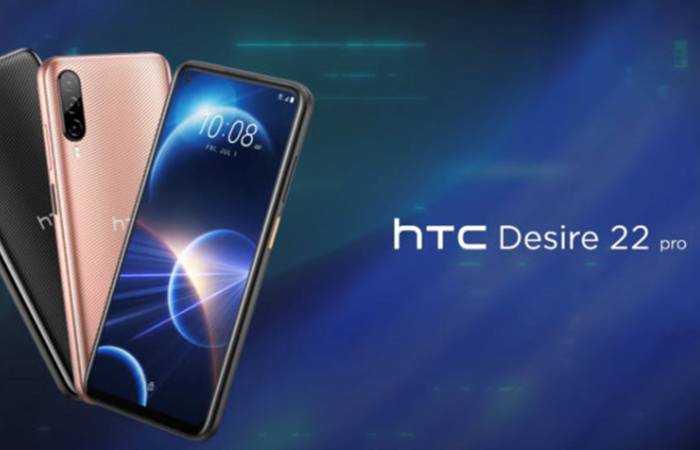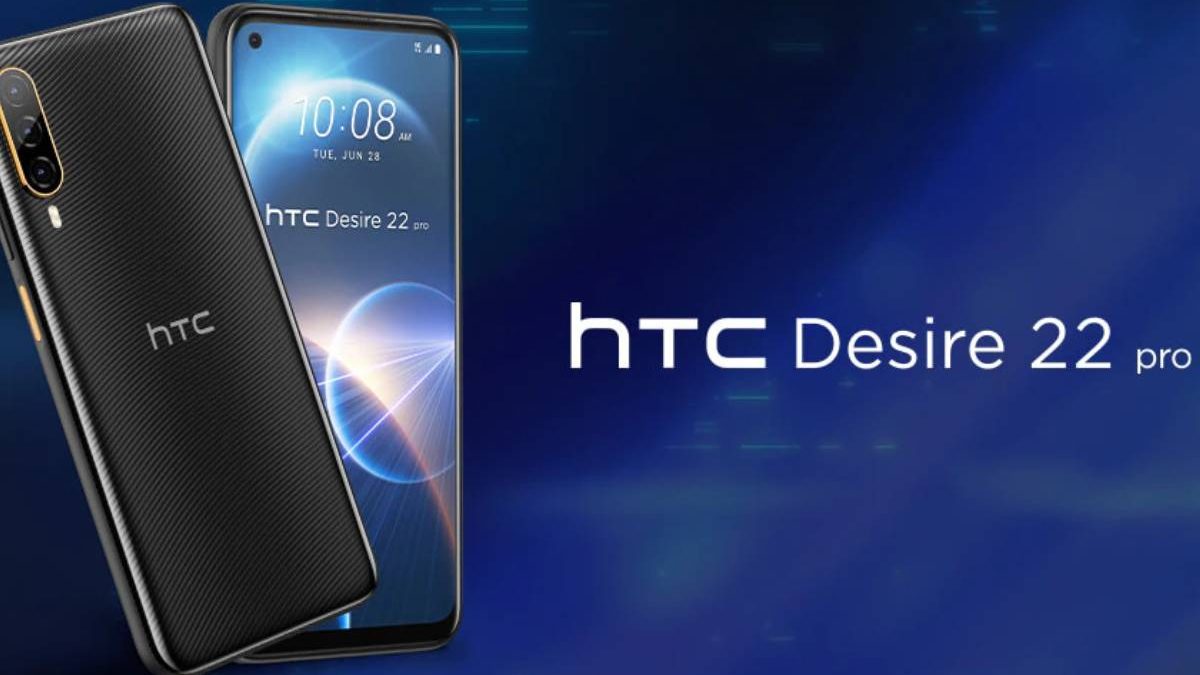The future of communication has arrived. We have been exploring the idea for some time now, but HTC are about to make it a reality. For those unfamiliar with the concept of the Metaverse, it is a world consisting of real and virtual realities. Taiwanese firm HTC will be launching the Desire 22 Pro, a new handset featuring a digital wallet and virtual reality pairing capabilities. The launch comes as part of their web 3 expansion.

The handset comes built in with Viverse apps and a Vive wallet. This feature allows users to enter the virtual world by creating virtual avatars of themselves and help manage their crypto assets. This includes Non-fungible tokens (NFTs) that have become increasingly popular over the pandemic.
The smartphone will feature a 6.6 inch screen with a 65MP main camera and 13MP ultrawide camera. It also has Android 12 OS, wireless charging abilities, a fingerprint reader and a microSD slot with 8GB RAM and 128GB of storage.
The new world of technology will enable people to move seamlessly between virtual and augmented worlds where they can chat with people, explore cities or just hang out at home – doing anything their imagination desires. This is the future of social interaction, no more lengthy email responses, no more spending hours trying to make a simple point, it’s all about interaction with other people, like real life but better. However there is the possibility that people may feel uncomfortable in this new world.
Are metaverse smartphones just a gimmick?
Metaverse smartphones are the latest craze to sweep the technology market. And while it’s true that a phone and glasses can do many things, there are also some downsides to this seemingly innovative trend.
Gimmicks notwithstanding, metaverse smartphones have the potential to be a game-changer in how we interact with other people – and with our world. That’s because the metaverse smartphone would allow us to let go of our phones and therefore interact with others in the physical realm more easily.
The primary appeal of metaverse smartphones is that they are, on the surface, more immersive and compelling than virtual reality headsets. The latter essentially puts users into a completely new space – separate from the actual world around them – where they can interact using other people’s avatars. Metaverse smartphones take that to a new level.
Metaverse smartphones are also more convenient than traditional phones and glasses because you don’t need any headsets or other accessories for them to work. This is important because, as we all know, some people aren’t into technology and aren’t interested in spending hundreds of dollars on virtual reality headsets. More than that, there is a certain romanticism to the idea of being able to interact with the world and your peers in this way.
But metaverse smartphones have a lot more potential. With augmented reality, for example, you could receive news and notifications in the real world without having to look at a screen. You could discover new events and even have instant access to coupons and offers without pulling out your phone. This is the kind of experience that businesses – especially those that want to be more social-friendly will savor.
There are downsides, of course, but they aren’t deal-breakers per se. One is privacy concerns. This is a big one, because it’s hard to trust that your personal data will stay private should you decide to use a metaverse smartphone. You can opt for a “secure” version that has encryption technology or you can choose one that doesn’t have encryption but allows you to send encrypted data so that no one can read it.
It will be interesting to see how this pans out. On the one hand, metaverse smartphones are more immersive and convenient than ever. On the other hand, they may be a bit too intrusive and may make us even more distracted with our lives than we already are. Time will be the deciding factor of whether or not metaverse smartphones are truly a game-changer.

